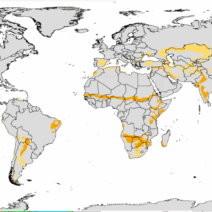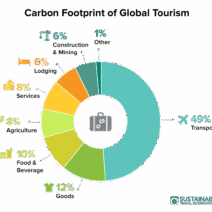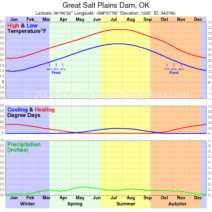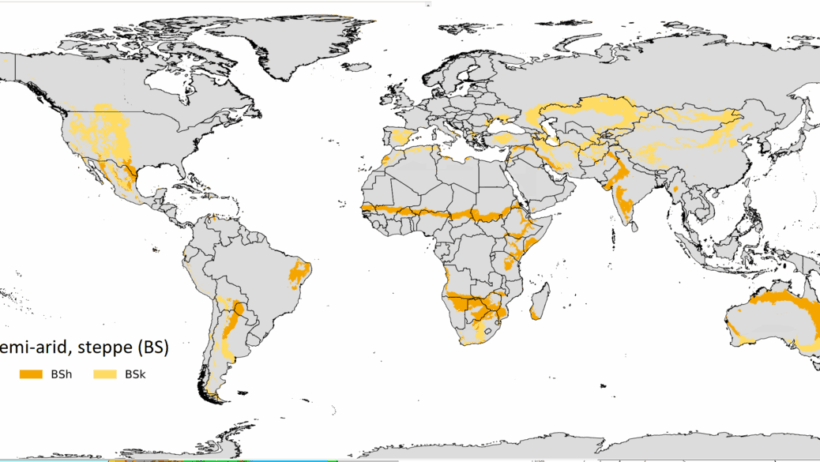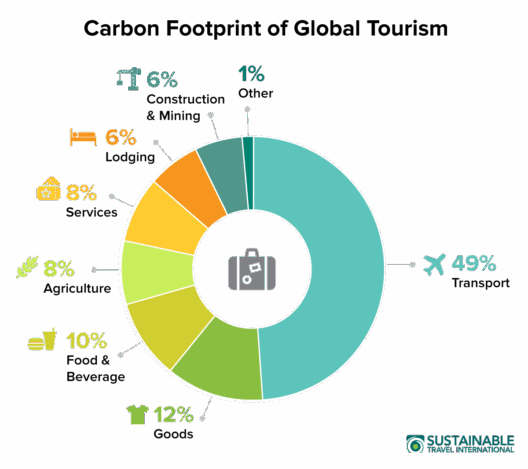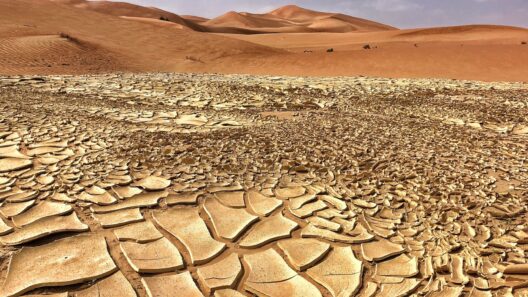Understanding the semi-arid climate is vital for comprehending the global environmental landscape. These regions, which might not receive the attention they deserve, are characterized by a unique balance between moisture and aridity. At first glance, one might dismiss semi-arid areas as mere precursors to desert terrain, but the truth is far more intricate. Below, we delve into the myriad attributes that define a semi-arid climate, examining its various manifestations and implications.
Geographical Distribution
Semi-arid climates can be found on every continent, although they predominantly flourish in the interiors of continents where moisture is less abundant. Typically located between desert climates and more humid regions, these areas can be seen in numerous countries such as parts of the United States, Australia, Africa, and much of Central Asia. The locations vary significantly, from the savannas of East Africa to the grasslands of the Great Plains in the United States. Each locale presents its unique ecological dynamics, modulated by local geography and human activities.
Climatic Characteristics
Climatic parameters in semi-arid regions present a paradox. Rainfall patterns are erratic, with average precipitation often hovering between 10 to 20 inches per year. This inconsistency leads to pronounced wet and dry seasons, flanking an annual temperature range that can deviate significantly. During summer, temperatures can soar, accentuating evaporation rates and exacerbating moisture loss. Conversely, winters are typically milder, allowing for some moisture retention in the soil.
Types of Semi-Arid Climates
Semi-arid climates can be categorized primarily into two types: BSh and BSk climates, as designated by the Köppen climate classification system. The BSh (hot semi-arid) climate is often found in tropical and sub-tropical regions, characterized by warm to hot summers and mild winters. Here, the growing season can extend considerably, supported by better soil conditions. On the other hand, the BSk (cold semi-arid) climate, prevalent in more temperate areas, experiences cooler temperatures and a shorter growing season. The stark contrasts between these classifications highlight the diversity even within semi-arid regions, influencing the types of flora and fauna that thrive.
Biodiversity and Ecosystems
The ecological richness of semi-arid climates is often underestimated. Contrary to the notion of desolation, these areas abound with resilient flora and fauna adapted to cope with periodic droughts and harsh temperatures. Dominant vegetation typically includes drought-resistant grasses, scrublands, and scattered trees, which play a critical role in preventing soil erosion and maintaining local biodiversity. This ecosystem supports various herbivores, which in turn sustain predatory species, forging a delicate ecological balance.
Moreover, adaptations such as deep root systems in plants allow them to access groundwater reserves. Animals in these regions exhibit remarkable survival strategies, including nocturnal behavior to evade the daytime heat and migratory patterns that conform to seasonal rains. Such adaptations underscore the remarkable resilience of life, even in what many perceive as an inhospitable setting.
Human Adaptation and Agriculture
The interaction between semi-arid climates and human activities is multifaceted. Communities living in these regions have developed various strategies that enable them to thrive. Agriculture, often seen as an indicator of progress, faces unique challenges in these climates. Nevertheless, many farming techniques have evolved, embracing sustainable practices such as dry-farming, crop rotation, and the use of drought-resilient crop varieties.
Ultimately, the ability to harness water resources through rainwater harvesting, irrigation, and soil conservation techniques has proven transformative for semi-arid populations. Such methods ensure that agricultural yields can be maximized despite the unforgiving climate. Additionally, the integration of modern technology, such as climate monitoring systems, has further enhanced the capacity for planning and resource management.
Climate Change Impacts
The specter of climate change looms large over semi-arid regions, presenting significant challenges. Predictions assert that these areas may experience increased temperatures and altered precipitation patterns, exacerbating their inherent aridity. This condition poses threats not only to native ecosystems but also to human livelihoods heavily reliant on agriculture and livestock.
Moreover, as water scarcity becomes increasingly pervasive, conflicts over water resources may intensify, potentially leading to migratory pressures as populations seek more favorable climates. Addressing these challenges requires a compounded approach of policy intervention, sustainable practices, and education to foster resilience in semi-arid communities.
Conclusion
In essence, semi-arid climates represent a vibrant tapestry of ecological and human interactions, marked by both challenges and opportunities. As the world confronts the dire realities of climate change, understanding these unique environments becomes ever more critical. Cultivating awareness and fostering sustainable practices within these regions are essential steps towards ensuring their viability for future generations. While the notion of semi-aridity may conjure images of desolation, the reality is rich with life, resilience, and potential that warrants our attention and respect.
